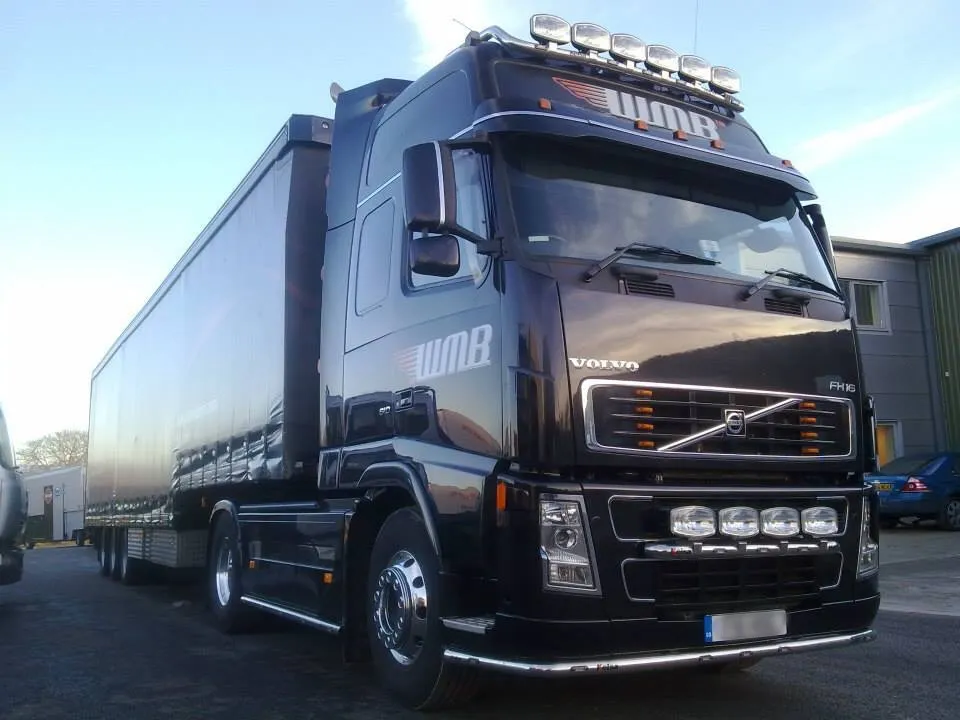
DVS Approved Installation Centre
The Direct Vision Standard and HGV Safety Permit Scheme are part of the Mayor of London's Vision Zero plan to eliminate all deaths and serious injuries on London's transport network by 2041.
The DVS measures how much an HGV driver can see directly through their cab windows. This is then expressed as a star rating from zero (limited) to five (good). The star rating is fixed and dependent on the vehicle design, as it indicates the level of risk to road users such as people walking and cycling.
Vehicle star ratings are generally given at the point of manufacture. You cannot change your vehicle's star rating, as an operator.
If you have any DVS requirements and are either looking to upgrade or fresh install. Give us a call on 01278 691960
Requirement 1: A Camera Monitoring System (CMS) must be fitted to the nearside of the vehicle, to eliminate the remaining blind spot at the nearside. A CMS can also be used as an alternative to fitting Class V and VI mirrors.
Our guidance states that an additional CMS does not need to be fitted where one already exists in the vehicle, or where the vehicle is type approved to UNECE Regulations 151 and 159. This will apply where the same safety benefits are achieved, and may include a CMS fitted to replace mirrors, or as part of a Blind Spot Information System (BSIS).
We recommend that installers consider where to install cameras based on the size of the blind spot that needs to be covered, and to avoid causing an external projection that could come into contact with road users adjacent to the vehicle.
In many cases, a mounting height above two metres may be appropriate but installers should consider the context of the specific vehicle.
Requirement 2: Class V and VI mirrors, or a CMS that replaces the mirrors, or a combination of both, must be fitted to the front and nearside of the vehicle.
Requirement 3: A Blind Spot Information System (BSIS) must ensure full coverage down the nearside of the vehicle to detect vulnerable road users. It must not activate in relation to roadside furniture or stationary vehicles. This aims to prevent left turn collisions.
Requirement 4: A Moving Off Information System (MOIS) must be fitted to the front of the vehicle, to warn the driver of the presence of a vulnerable road user and prevent collisions at the front blind spot zone when a vehicle moves off from rest.
Requirement 5: Side under-run protection must be fitted to both sides of the vehicle, except where this would not be practicable.
Requirement 6: Audible warnings must be fitted to provide an adequate warning to road users when a vehicle is turning left (or turning right, for left-hand drive vehicles). This makes sure that compliant vehicles can warn of an intended manoeuvre.
Requirement 7: External warning signage must be displayed on vehicles to provide clear visual warning of the hazards around the vehicle.
